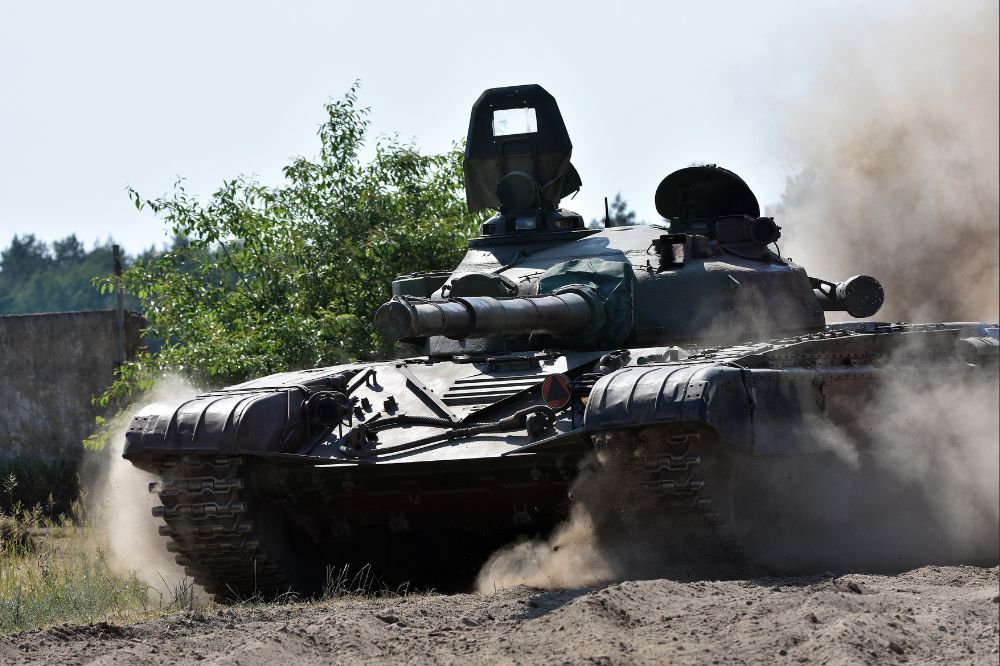Throughout history, journalists have served as a vital source of information. But in war zones, the inherent danger associated with the job has often put reporters in the line of fire. In response to the threat posed to journalists, various organizations and countries have put in place measures to protect reporters working in these situations. But still there is a question about effectiveness of these measures to ensuring the safety of journalists in war zones.
The first thing to consider is the protections that have been put in place. In the United States, the Pentagon has established the Department of Defense’s Journalists Protection Act, which provides legal protection to journalists in war zones. This act provides legal protection to journalists who are present in or near a combat zone, and ensures that they are not subjected to any form of harassment or abuse by either side of a conflict.
In recent years, the United Nations has passed various resolutions aimed at protecting journalists in war zones. These include Resolution 1738, which requires all parties to a conflict to respect the safety of journalists and other media professionals, and Resolution 2222, which calls for the immediate and unconditional release of journalists and other media professionals who have been detained in conflict zones.
However, these measures are not always effective in protecting journalists in war zones. In many cases, journalists are targeted by either side of a conflict, as both sides attempt to control the narrative by silencing journalists who are reporting on their activities. In some cases, journalists have even been deliberately targeted for assassination. This has led to a number of high-profile cases in which journalists have been killed in war zones.
Some countries have laws that restrict the ability of journalists to report in war zones. For example, the United States has the Espionage Act, which makes it a crime to report on certain aspects of military operations. In other countries, journalists are often subject to arbitrary arrest and detention, making it difficult for them to report on the conflict.
Remember, journalists are generally considered civilians and are therefore protected under international humanitarian law (also known as the laws of war). However, it is important to note that this protection is not absolute and journalists may still face significant risks and dangers while covering armed conflicts.
The Geneva Conventions and their Additional Protocols provide specific protections for journalists in times of armed conflict. Under these rules, journalists are considered civilians and must be treated as such, unless they are directly participating in hostilities. This means that they should not be targeted or attacked intentionally.

The United Nations has adopted a number of resolutions affirming the importance of the work of journalists and the need to protect them. These include Resolution 1738, which reaffirms the right of journalists to carry out their work freely and safely, and calls on states to take measures to protect journalists and to bring those who attack them to justice.
Despite these protections, journalists may still face significant dangers when covering armed conflicts. It is important for journalists to be aware of the risks involved in their work and to take appropriate safety precautions. It is also important for states and other actors to respect the protections afforded to journalists under international law and to take steps to protect and support the work of journalists in times of armed conflict.
Here are a few examples of risks that journalists may face while covering armed conflicts:
- Physical harm: For example, journalists covering the Russia-Ukraine conflict have faced significant dangers, including being targeted by parties to the conflict and being caught in the crossfire. In 2018, two journalists working for the U.S.-based news outlet Vice News were killed while on assignment in Afghanistan.
- Harassment and intimidation: Journalists may face harassment and intimidation from parties to the conflict or from other actors, such as local authorities or criminal groups. For example, journalists covering the conflict in eastern Ukraine have reported being threatened and harassed by both Ukrainian and Russian forces.
- Obstacles to access: Journalists may be prevented from accessing certain areas or may face restrictions on their movement, which can make it difficult to report on the conflict. For example, journalists covering the conflict in Yemen have faced significant challenges in obtaining visas and gaining access to the country.
- Lack of safety infrastructure: In situations of armed conflict, there may be a lack of infrastructure to support the safety and well-being of journalists, such as safe housing or medical care. For example, journalists covering the conflict in Syria have reported facing challenges in finding safe accommodation and accessing medical care in areas where the conflict is taking place.
- Psychological and emotional stress: Covering armed conflicts can be emotionally and mentally taxing, and journalists may face significant psychological and emotional stress as a result of their work.
To mitigate these risks, it is important for journalists to take appropriate safety precautions and to be aware of the specific dangers they may face in different contexts. This may include wearing protective gear, such as bulletproof vests and helmets, and following safety protocols when working in hazardous areas. Journalists may also benefit from training in first aid and other safety skills, as well as from working with local journalists and other professionals who are familiar with the local context.
